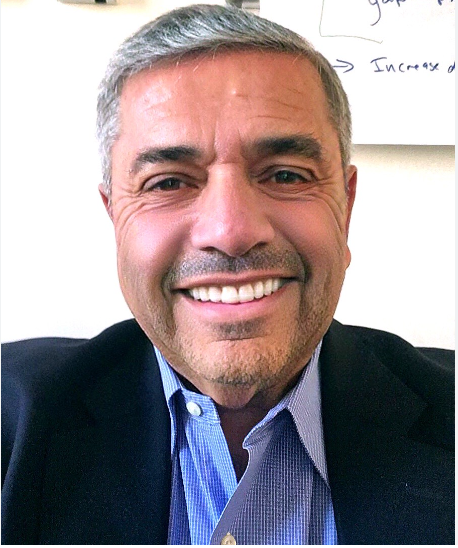Cardiologists play a crucial role in diagnosing and treating heart conditions, and they have access to advanced technology that aids in accurate diagnosis and effective treatment. Dr. John Strobeck and other cardiologists utilize various high-tech tools and diagnostic tests to provide their patients with the best possible care.
The initial step in the diagnostic process is a comprehensive examination. Cardiologists listen to the patient’s heart and lungs using a stethoscope, assess for signs of fluid retention or swelling in the chest cavity, and perform abdominal palpation. Additionally, they may request specific tests such as deep breathing exercises, coughing, or exercise testing to gather more information about the patient’s condition.
One of the key ways technology is employed is through computer systems that allow cardiologists to review the patient’s medical history, family history, personal history, and social history. This comprehensive evaluation aids in identifying potential risk factors and understanding the patient’s overall health profile.
Once the initial examination and review of medical records are complete, cardiologists may order advanced tests to gain more insights into the patient’s heart health. Two common tests used are echocardiograms and nuclear stress tests. An echocardiogram utilizes sound waves to generate detailed images of the heart’s structure and function. This non-invasive test helps cardiologists assess the heart’s pumping efficiency, detect abnormalities, and evaluate heart valve function.
Nuclear stress tests are another valuable tool used by cardiologists. During this test, a small amount of radioactive substance is injected into the patient’s bloodstream. The substance highlights areas of the heart that receive less blood flow during physical exertion, providing information about the heart’s blood supply and identifying potential blockages.
Advanced technology also plays a significant role in minimally invasive procedures and surgical interventions. Cardiologists can use catheters and imaging techniques such as angiograms to visualize and treat blockages in the arteries. In some cases, they may perform procedures like angioplasty or stent placement to restore blood flow to the heart.
Technology has revolutionized the field of cardiology, enabling faster and more accurate diagnoses and enhancing treatment options. These advancements have significantly improved patient outcomes and reduced the need for invasive procedures. Cardiologists like Dr. John Strobeck continue to stay at the forefront of technological advancements, ensuring that their patients receive the best care available.
In conclusion, technology has transformed the practice of cardiology, empowering cardiologists to provide precise diagnoses and tailored treatment plans. The use of advanced tools and diagnostic tests, coupled with innovative surgical techniques, allows cardiologists to deliver effective care, improve patient outcomes, and ultimately save lives. If you are experiencing any heart-related symptoms or have concerns about your cardiovascular health, consulting with a cardiologist is the first step towards accurate diagnosis and appropriate treatment.
